By Kevin Grant McClernon
Securities markets in the United States are red-hot. The Nasdaq Composite recently hit its eerie 5,000 point mark – reminiscent of the 2000 tech bubble implosion – and the benchmark 10-year Treasury is trading below 1.9%, as of March 25th. As investors worldwide pour into domestic markets, we have to ask ourselves: are investors fueling another bubble? The answer, in my humble opinion, is no. The term bubble is fairly subjective, but it is most commonly associated with the phenomenon where asset prices rise based on large amounts of market speculation, rather than fundamental analysis. Massive speculation in the housing market led to the financial crisis in 2007. The dotcom bubble in the late 1990s and early 2000s was the quintessential bubble – some technology stocks gained nearly 1000% within days of going public. Fundamentals couldn’t support this. So what’s different about today? Since the Nasdaq bottomed out at around 1,250 in March 2009, it has jumped 284%. As of March 25, the Index stands at 4,888 -- admittedly, an absurdly high growth rate for a 5-year span. However, the difference is the fuel behind the rocket. Bubbles are a result of over-speculation, which is not necessarily the case today. Then what’s fueling today’s rise? Investors are hungry. They’ve sat patiently for years in a low-to-zero interest rate world as the global economy recovered from the financial meltdown. Select German, Japanese, Swiss, and Swedish short- and medium-term government debts are currently paying negative interest. The EU is on the brink of deflation and the ECB just embarked on a massive new stimulus round aimed at pushing bond yields down even further. Growth in most EU countries is less than 1%, China is revising its growth forecasts downward at an alarming rate, and there continues to be uncertainty in the Middle East. And that leaves us with the current star of financial markets, the United States. Growth forecasts put GDP growth around 3% for 2015 and the Fed is expected to raise rates at some point this year, making domestic securities even more enticing.The capital inflows into the US securities markets, therefore, aren’t speculative by nature. As prices rise, returns should continue to thin out. Investors will presumably keep piling into them until the returns on American securities are on par with the paltry returns elsewhere. The market may be saturated, but it doesn’t appear to be a bubble. It just begs the question: to where else should investors turn? Sourceshttp://tcrn.ch/1BLjWFU http://bv.ms/1HFOMGQhttp://cnnmon.ie/1zPuF1s http://bit.ly/1DogR4Dhttp://bit.ly/1EosY1q http://bit.ly/1EosY1qhttp://on.wsj.com/19yDqYg http://bit.ly/1xUqabZhttp://yhoo.it/1yx5ilBhttp://on.wsj.com/1wd0iQH


